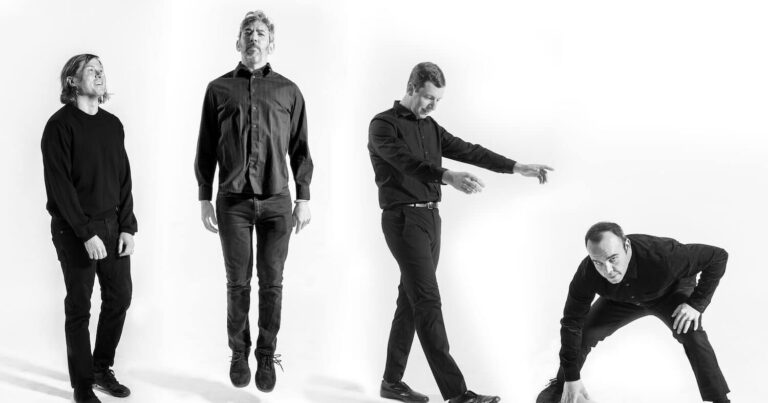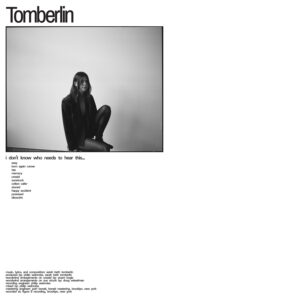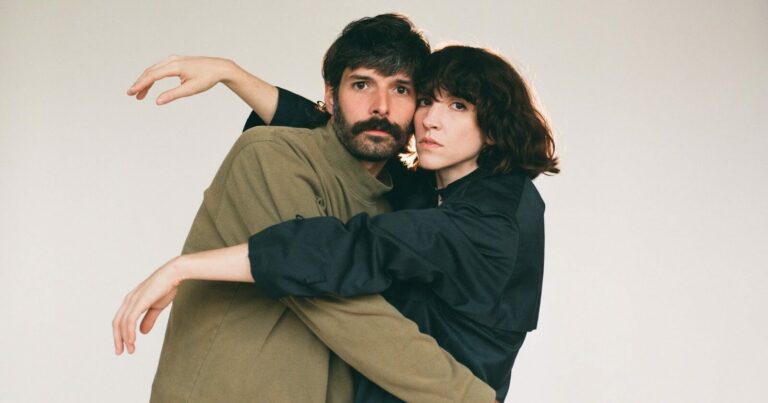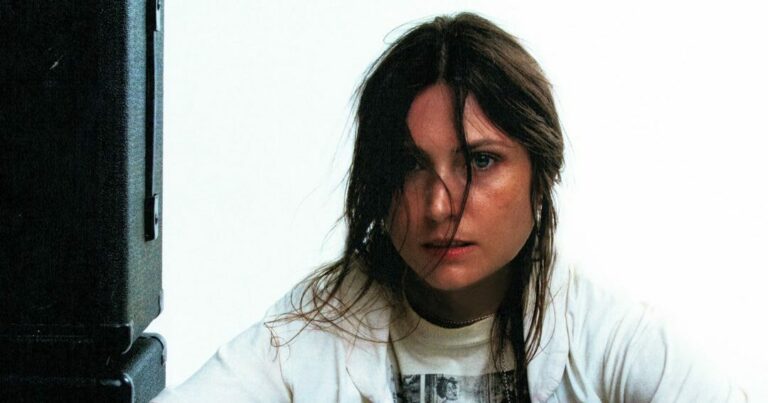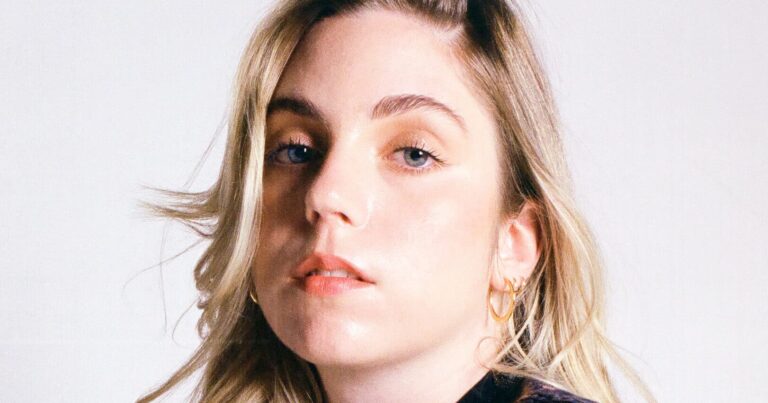Brooklyn artist Oceanator has announced her sophomore album, Nothing’s Ever Fine. The follow-up to her debut LP Things I Never Said was co-produced by Bartees Strange and lands on April 8 via Big Scary Monsters/Polyvinyl. Today’s announcement comes with the release of a new single called ‘Bad Brain Daze’, which features a saxophone solo by Jeff Rosenstock. Check out a music video for it, directed by Chris Farren, below.
“When Elise asked me to direct a music video for her, I thought “I don’t know how to do that!”, but I said “Yes! I know how to do that!” and quietly panicked for the next 3 weeks,” Farren said in a statement. “Luckily “how make music video” yields tons of YouTube results. The video we came up with is a fantastical little day-in-the-life tale about anxiety, productivity, dread, and being horrifically ripped in half by cartoon animals.”
‘Bad Brain Daze’ also includes gang vocals from members of Long Neck, the Sonder Bombs, Bad Moves, Maneka, Late Bloomer, Alright, and more. “It’s a chorus of friends all going through it,” the project’s Elise Okusami explained. “It felt nice to have that connection, even if it was pieced together with emails of files.”
Nothing’s Ever Fine Cover Artwork:
Nothing’s Ever Fine Tracklist:
1. Morning
2. Nightmare Machine
3.The Last Summer
4. Beach Days (Alive Again)
5. Solar Flares
6. Post Meridian
7. Stuck
8. From the Van
9. Bad Brain Daze
10. Summer Rain
11. Evening



